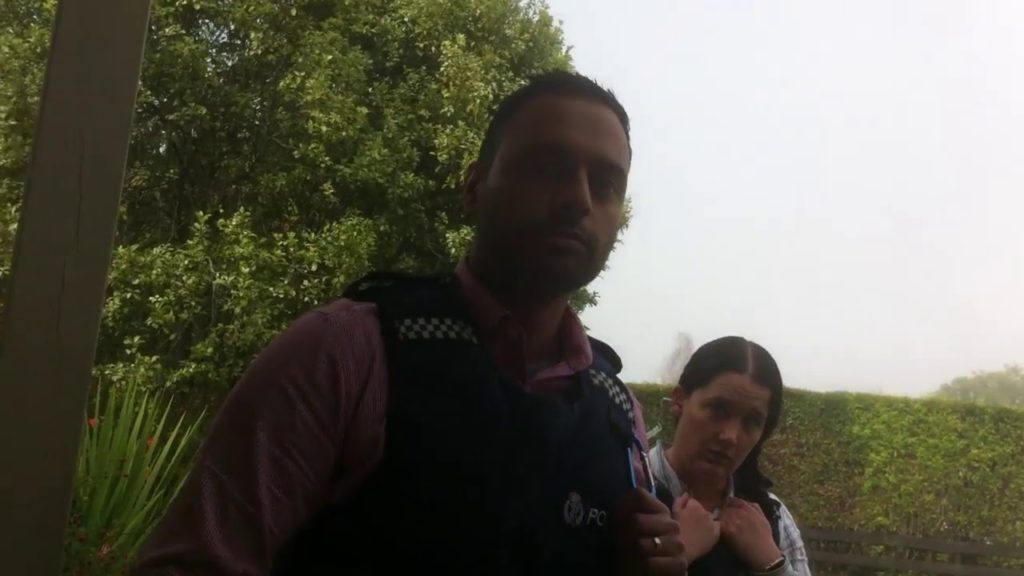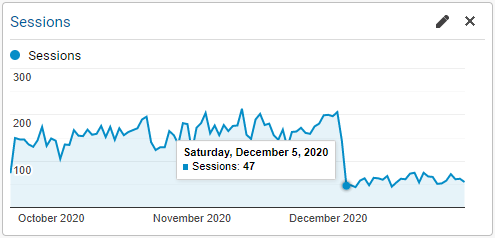
Not since Arthur Desmond has a New Zealand author created as much controversy as myself. The simple fact that I am an educated, working-class Kiwi man willing to speak the truth has resulted in a devoted horde of haters. The purpose of this photoessay is to chronicle the Establishment’s attempts to destroy me.
The first sign I had that the Establishment wanted to shut me up was in May 2019. For a couple of years before then, I had been selling ‘It’s Okay To Be White’ t-shirts on TradeMe as a way to wind up Communists. Sales had been slow, until one day I sold three shirts in the space of an hour. A friend rang me up, and told me to check the news.
The Human Rights Commissioner, Paul Hunt, had taken to the mainstream media to declare there was “no place” for my satirical political expression. Calling me “ideologically adjacent” to Brenton Tarrant, Hunt intimated that selling such t-shirts was somehow anti-social in and of itself. The listings were soon taken down by TradeMe after a deluge of lies about how ‘It’s Okay To Be White’ was actually a white supremacist call to action.

The next move was the Establishment sending cops to my house to harass me as part of Operation Whakahumanu. This came in the form of a rap on my front door at about 10am one morning in July 2019. I opened the door to find a couple of uniformed officers, who wanted to ask me some questions about comments I had made on FaceBook. Apparently this was in the belief that I was at risk of shooting up a mosque. They had no warrant, so I asked them to leave immediately.
It was an unmistakable threat. The political establishment clearly saw me as an enemy. I understood directly that this opinion was a result of my VJM Publishing work, wherein I had explained to people for some years how the political system manipulates them against their best interests. My work to explain the psychology of submission and control was giving too much power back to the New Zealand people. I had to be countered.

Learning that the Establishment was targeting me, various sycophants and arselickers, attempting to curry favour with the powerful, followed suit.
The first of these was terrorist fundraiser Byron Clark.
Talia Levin’s book Culture Warlords mentioned an article about globohomo I had published in November 2018. Levin mentioned VJM Publishing as part of an effort to smear the counter-globalist resistance as deranged racists. Clark seized on this opportunity to attempt to have VJM Publishing books cancelled from TradeMe. His harassment campaign mostly involved posting lies about me to his Twitter account.

While this was going on, the Establishment was working behind the scenes with major tech firms to silence wrongthinkers such as myself. This was a consequence of the Christchurch Call.
I discovered that this had been happening when Google slashed traffic to the VJM Publishing company page by 75% overnight. Presumably Ardern had given them a list of New Zealand websites considered wrongthink, and Google had reached into their algorithm and given those websites a massive penalty. VJM Publishing traffic fell from around 200 hits a day to around 50. Over the next few years, before I stopped using Google products, it would fall to around five.
This was especially annoying as VJM Publishing had just released Clown World Chronicles, our best-selling book of all time, and the Google traffic to the Clown World Chronicles main page was the central plank of the marketing effort. This one move, more than any other, crippled my ability to make a living from speaking the truth.

Somehow the Establishment also recruited former Uruwera terrorist Rangi Kemara to do its dirty work harassing, stalking and slandering me. Kemara has clearly been given (or assumed) an agenda to associate me with neo-Nazism by adding this term before my name every time he gives his moronic followers an update on my activity.


As someone who has repeatedly criticised authoritarianism in all its forms – Nazi, Commie, Abrahamic, neoliberal – I can only assume this line of slander is being pursued because I am openly a nationalist. The VJM Publishing company page is full of essays and articles decrying war and authoritarianism, but it also features several arguing for the merits of nationalism and criticising globalism. It is for these latter reasons that I am so heavily targeted.
Almost as annoying as the loss of Google traffic to the VJM Publishing company page was when Byron Clark and friends were rewarded for their ongoing harassment and slander campaign. TradeMe finally caved to the bleating and removed Clown World Chronicles from sale (as well as the 2021 annual compilation of our best essays and articles).

Donna Carson, an “extremism researcher” at the notoriously Marxist-riddled Massey University, joined the pack attack against Clown World Chronicles, taking it upon herself to email TradeMe arguing for the book to be cancelled from sale.

The Police and academia are not the only weapons that the Establishment has been able to wield against me. They also have the mainstream media.
In 2023 I wrote an essay about provincialisation in New Zealand, and how it could potentially be the answer to the lack of human rights here. Tane Webster of Reality Check Radio read the article, was impressed, and arranged for an interview between me and Paul Brennan on RCR. The interview went well, the booking agent suggested I might come on once a month, and for a brief time there was a small amount of social media buzz.
At that point, mainstream media journalists launched their attack on me: a cancel campaign to have the interview taken down. Charlie Mitchell of The Press was the most prominent of these, using an article I wrote about Jewish opposition to hereditarianism as basis for a claim that I was (wait for it) anti-Semitic and therefore have no right to speak.

RCR soon folded, removing the interview from their website and ghosting me from all further email or social media contact.
All this is enough, by itself, to make me New Zealand’s most suppressed author and thinker. But perhaps the most shocking revelation of all came from the Police themselves, who revealed in an Offical Information Act response to Cameron Slater that they monitor the VJM Publishing website for potential wrongthink.
That’s right – the New Zealand Police spends money paying someone to read every essay or article that goes up on the VJM Publishing company page and to make a note of any counter-globalist sentiments that may be expressed. Any anti-immigration or anti-government sentiments are duly recorded (and presumably held on file against my name).

Why would the New Zealand Police take note of the fact that I “allege” that Muslims and Africans commit an enormous amount of violence and sex crimes wherever they go, an assertion that is borne out by law enforcement data from all over the Western World? Simple: noticing things is verboten. Only agreeing with my globalist masters is permissible.
In summary, I am monitored by the New Zealand Police, officers have been sent to my house to harass me, the Government teams up with major social media companies to restrict my reach, globalist activists work in packs to deplatform my books from TradeMe, terrorists on the Government payroll slander me all over the Internet, and mainstream journalists take to Twitter to cancel me from the alternative media.
All this yet I’ve never been arrested for a crime. This is all simply because I speak truth to power.
Never before has New Zealand produced an author or thinker who has attracted so much hate and aggression from the ruling class and their enforcers. I, VJM, your humble servant of truth, am the most dangerous man in New Zealand. This is for no other reason than because I take the side of the New Zealand people against their oppressors.
If you appreciate the risks I am taking to bring you the truth, then read my essays and articles, share my videos and buy my books, because they will kill me sooner or later.
*
For more of VJM’s ideas, see his work on other platforms!
For even more of VJM’s ideas, buy one of his books!
*
If you enjoyed reading this piece, buy a compilation of our best pieces from previous years!
Best VJMP Essays and Articles of 2023
Best VJMP Essays and Articles of 2022
Best VJMP Essays and Articles of 2021
Best VJMP Essays and Articles of 2020
Best VJMP Essays and Articles of 2019
Best VJMP Essays and Articles of 2018
Best VJMP Essays and Articles of 2017
*
If you would like to support our work in other ways, make a donation to our Paypal! Even better, buy any one of our books!






